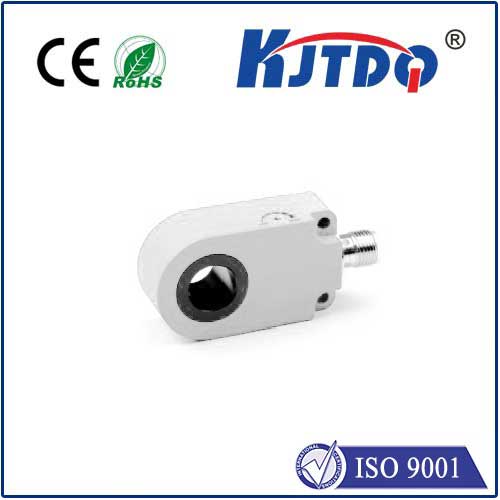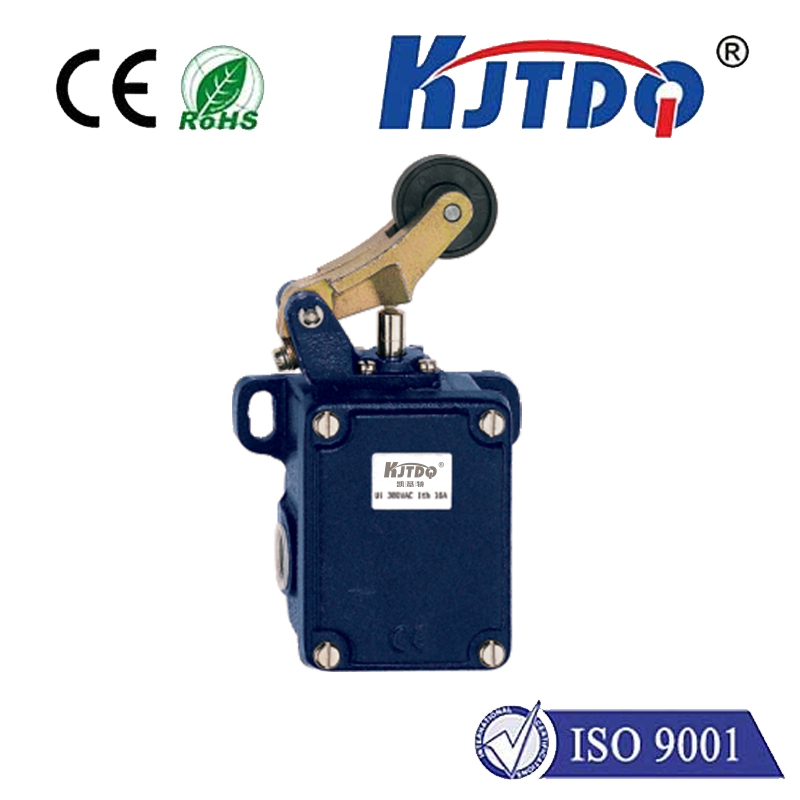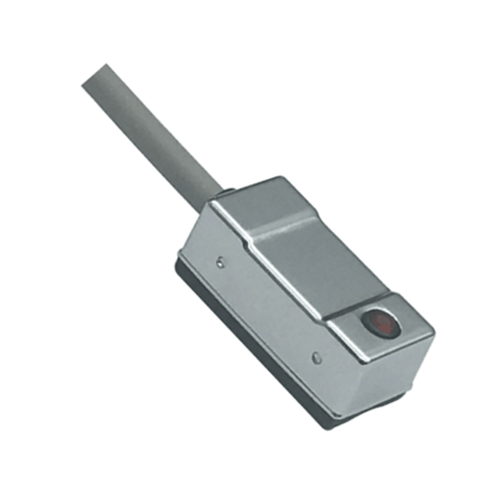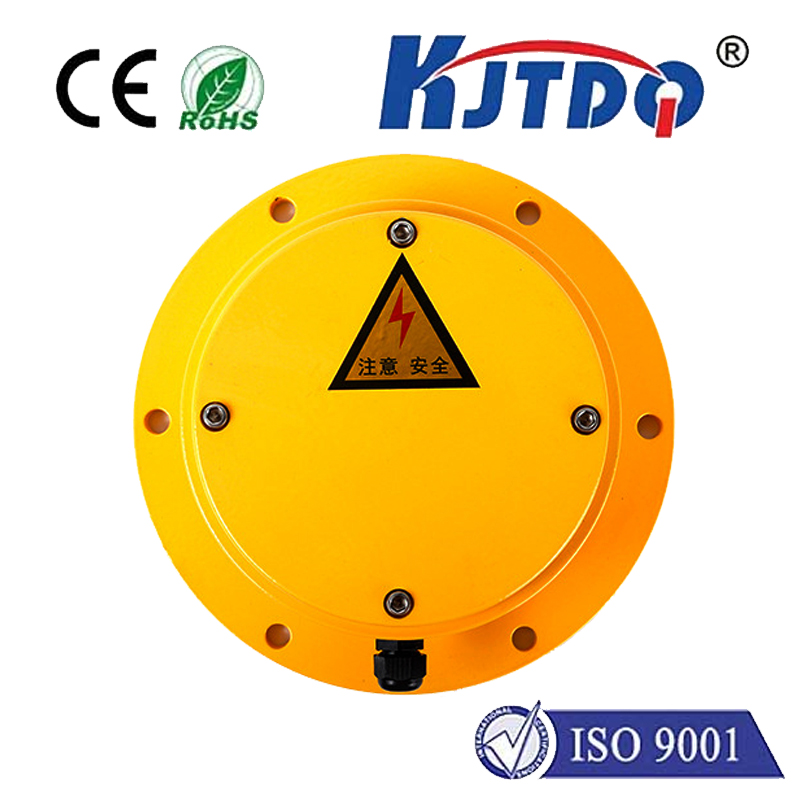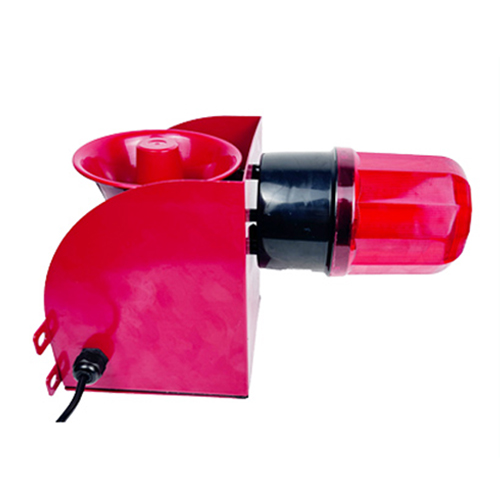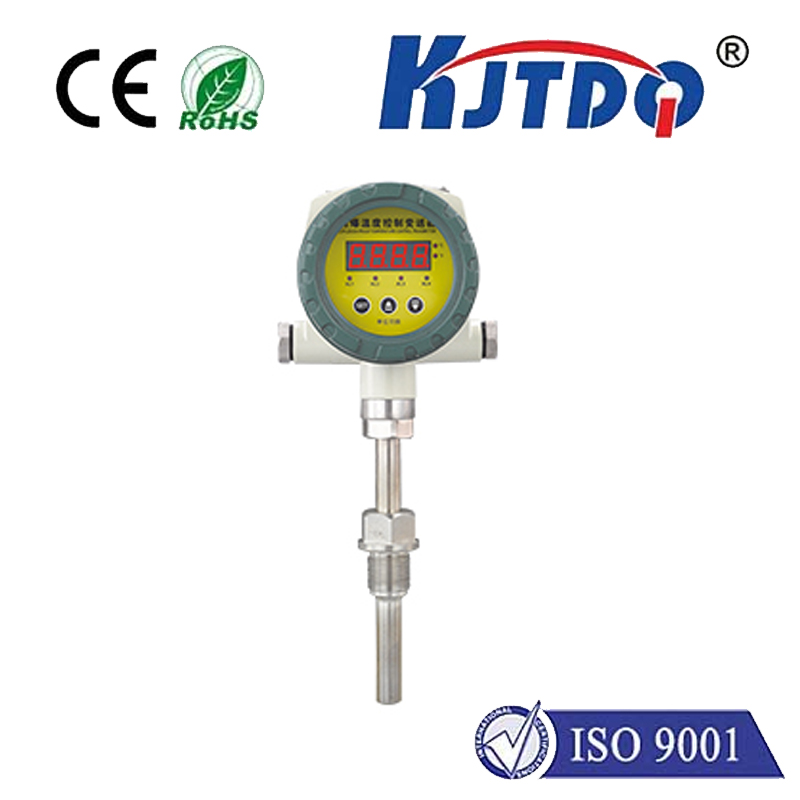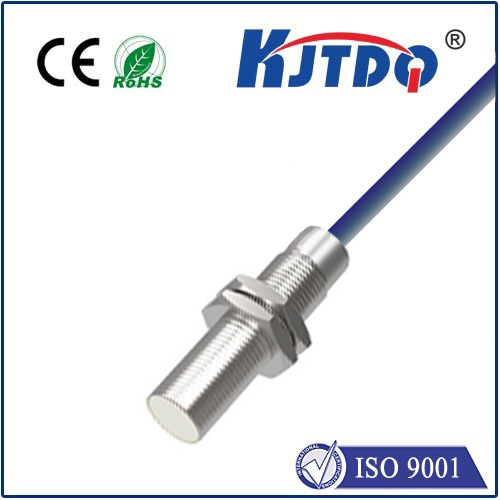PT5404 pressure sensor
- time:2025-09-24 05:54:08
- Click:0
PT5404 Pressure Sensor: Delivering Precision and Reliability in Critical Measurement Environments
In the intricate dance of modern automation, process control, diagnostics, and countless other applications, the silent sentinel of pressure sensing plays a pivotal role. Among the diverse range of sensors available, the PT5404 pressure sensor stands out as a robust and dependable solution engineered for scenarios demanding exceptional precision and unwavering reliability. Understanding its capabilities is key to optimizing systems where pressure measurement isn’t just data—it’s a critical control parameter.
What is the PT5404 Pressure Sensor?
The PT5404 represents a class of sophisticated pressure transducers designed to convert applied pressure into a standardized electronic signal, typically a voltage or current output. Unlike simple switches, it provides a continuous, proportional measurement of pressure across its specified range. This sensor is often characterized by its high performance and is likely designed for applications involving challenging environments or requiring tight tolerances.
Unpacking the Core Strengths: Key Features & Technologies

Several defining features typically underpin the reputation of a sensor like the PT5404:
- Superior Accuracy & Stability: This is paramount. The PT5404 sensor family is engineered to deliver minimal deviation from the true pressure value (high accuracy) and maintain this performance consistently over time and varying conditions (excellent long-term stability), minimizing drift and recalibration needs.
- Broad Operating Temperature Range: Performance doesn’t falter with temperature swings. Engineered resilience allows the PT5404 to function reliably across a wide spectrum, crucial for applications in harsh industrial settings or exposed outdoor environments.
- Enhanced Media Compatibility & Rugged Construction: Often featuring stainless steel wetted parts (diaphragm, housing), these sensors resist corrosion from aggressive media—oils, fuels, coolants, or mild chemicals—ensuring longevity and measurement integrity. The robust build offers protection against physical shock and vibration.
- High Overpressure & Burst Pressure Ratings: Safety and durability are critical. A significantly high overpressure rating indicates the sensor can withstand pressures well beyond its measurement range without damage, while an even higher burst pressure provides a critical safety margin.
- Flexible Electrical Outputs: To integrate seamlessly into diverse systems, the PT5404 typically offers standard analog outputs like 0.5-4.5V ratiometric, 0-5V, 0-10V, or 4-20mA current loops, facilitating straightforward connection to PLCs, data loggers, or controllers.
- Compact & Versatile Design: Its form factor is often optimized for space-constrained installations while providing robust pressure ports (e.g., G1/4”, 1⁄8” NPT) suitable for various plumbing systems.
Where Precision Matters: Key Applications
The PT5404 pressure sensor excels in environments where dependability and accuracy are non-negotiable:
- Industrial Process Control & Automation: Monitoring and regulating pressure in hydraulic and pneumatic systems, pumps, compressors, and manufacturing lines, ensuring process stability and quality.
- HVAC/R Systems: Precise pressure measurement in refrigeration circuits, chillers, boilers, and air handling units for efficient temperature regulation and system protection.
- Fluid Power Systems: Monitoring hydraulic pressures in mobile equipment (construction, agriculture), industrial machinery, and test rigs, enabling predictive maintenance and performance optimization.
- Test & Measurement Equipment: Providing reliable pressure data in calibration benches, leak testers, and laboratory setups where traceable accuracy is essential.
- Medical & Analytical Instrumentation: Powering diagnostics and control within carefully calibrated medical devices and lab equipment requiring uncontaminated, stable pressure readings.
- Engine & Powertrain Monitoring: Measuring critical pressures like oil, fuel, or boost pressure in automotive, marine, or aerospace applications for performance tuning and diagnostics.
The Tangible Benefits: Why Choose the PT5404?
Selecting a sensor like the PT5404 translates into significant operational advantages:
- Increased System Reliability: Reduced sensor failure rates mean less downtime, lower maintenance costs, and fewer disruptions to critical processes.
- Enhanced Process Efficiency & Quality: Precise pressure control based on accurate measurements leads to optimized performance, reduced waste, and consistent product quality.
- Improved Safety: Reliable detection of overpressure or underpressure conditions allows for timely safety shutdowns or alarms, protecting equipment and personnel.
- Cost Savings: The combination of long service life, reduced maintenance needs, and improved process efficiency delivers a strong return on investment.
- Simplified Integration: Standard electrical interfaces and robust mechanical designs minimize integration headaches and commissioning time.
Implementation Considerations for Optimal Performance
To fully harness the potential of the PT5404 pressure sensor, attention to detail during integration is vital:
- Selecting the Correct Range: Choose a sensor with a range where the typical operating pressure falls within 60-80% of the full scale for optimal resolution and accuracy. Avoid consistently operating near the minimum or maximum extremes.
- Compatibility is Key: Ensure the sensor’s wetted materials (especially the diaphragm) are compatible with the measured medium to prevent corrosion or contamination. Verify chemical compatibility charts.
- Managing Thermal Effects: While designed for a wide temperature range, understand the specified temperature compensation range and thermal error coefficients. Position the sensor where temperature extremes are minimized if possible.
- Handling Transients & Pulsations: If pressure spikes, water hammer, or significant pulsations are expected, consider adding damping (mechanical snubbers, electronic filtering) or selecting a sensor specifically rated for dynamic pressure applications to protect the diaphragm and ensure stable readings.
- Proper Mounting & Sealing: Follow manufacturer guidelines for torque on pressure fittings to avoid damage. Ensure leak-free connections using appropriate seals (O-rings, thread sealant - compatible with the media). Protect electrical connections from moisture and damage.
- Electrical Noise Mitigation: Use shielded cables for the output signal and ground the shield appropriately at the controller/readout end to minimize electrical interference (electromagnetic compatibility - EMC). For long cable runs, consider current loop outputs (4-20mA) for better noise immunity. Ensure stable, clean power supply.
Conclusion (Omitted as per request)
Understanding the PT5404 pressure sensor goes beyond its datasheet. It’s about recognizing its role as a cornerstone of reliable and precise measurement in demanding applications. By leveraging its inherent strengths—accuracy, robustness, and compatibility—and integrating it thoughtfully while carefully considering environmental factors and media properties, engineers can build systems characterized by enhanced performance, durability, and control. It represents a commitment to measurement integrity in environments where pressure data is paramount. This focus on precision engineering and application awareness makes the PT5404 a trusted component in the complex landscape of modern industrial and technological systems.






